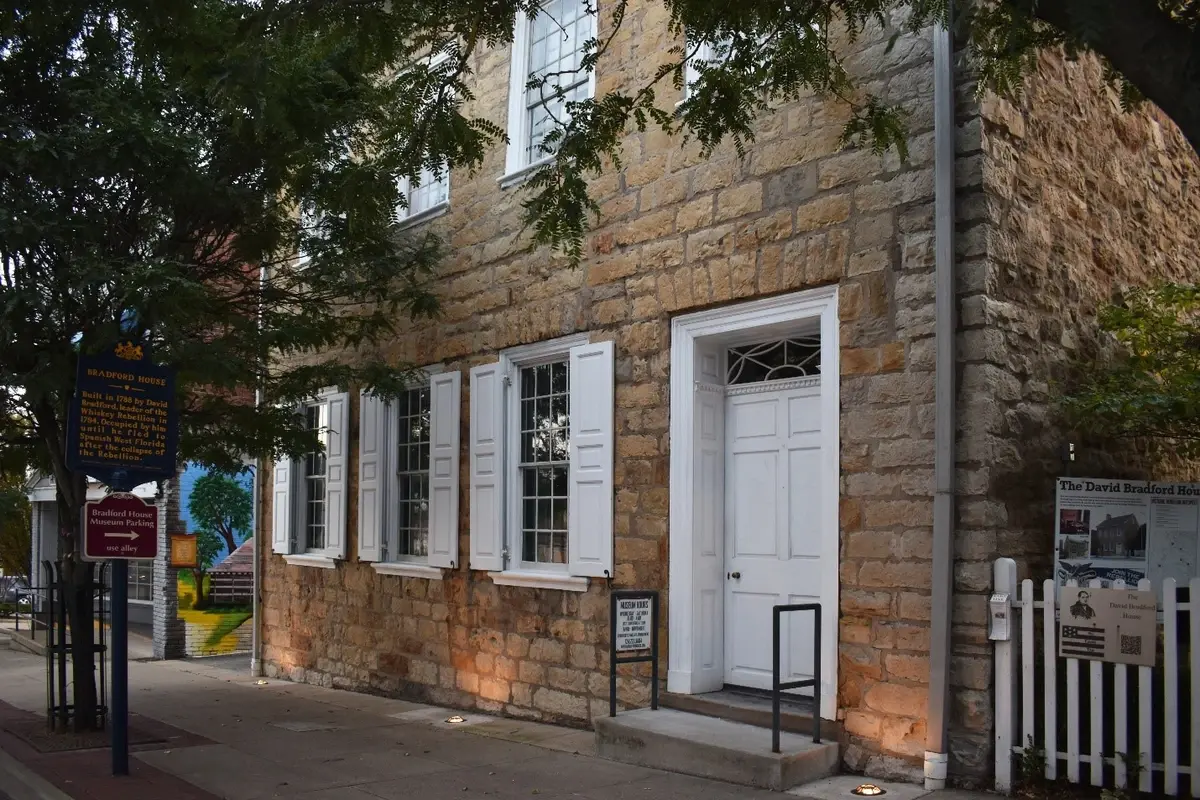The Bradford House, nestled in the heart of Pennsylvania, serves as a poignant reminder of America's vibrant history. This 18th-century residence, once home to lawyer David Bradford, is more than a museum; it's a portal to the past, offering a unique glimpse into the complexities of early American life. Visitors are transported back in time, walking through rooms filled with authentic period furnishings and artifacts that tell the untold stories of those who once dwelled within its walls. The house not only stands as a testament to the durability of American heritage but also inspires a deeper understanding of the historical events that shaped the nation.
Historical Background: The Bradford House in the Context of American History
The Bradford House's significance in American history is deeply ingrained in its walls. Constructed in 1788, it intersects various pivotal moments that have defined the United States over centuries. It was the era of significant political and social upheaval, a time when the young nation was still finding its footing amid challenges. The house served as a critical backdrop for discussions and events that would leave a lasting impact on the country's development, including its notable association with the Whiskey Rebellion. This rebellion underscored the nascent government's fragility and tested its authority, marking the Bradford House as an important symbol of American resilience and the struggle for independence.
The Bradford House and the Whiskey Rebellion: A Turning Point
One of the most notable episodes in the Bradford House's history is its connection to the Whiskey Rebellion of 1794. David Bradford, the house's original owner, was a leading figure in this tumultuous protest against the federal excise tax on whiskey, viewed as an unjust imposition by the young government. The rebellion represented the first major test of the new United States Government's authority, showcasing the struggles between federal and local powers. The Bradford House, as Bradford's residence and a meeting place for the rebels, played a crucial role in this chapter of American history. It stands as a monument to the fight for economic independence and the complexities of establishing a new nation's governance.
Architectural Significance: Preserving 18th Century Design
Beyond its historical relevance, the Bradford House is a remarkable example of 18th-century architecture, showcasing the design and craftsmanship of the era. Its construction reflects the Georgian style, characterized by symmetry, classical proportions, and a sense of grandeur that was popular among the affluent. This architectural gem has been meticulously preserved, allowing visitors to appreciate the aesthetic and functional aspects that were valued in early America. The house's preservation efforts ensure that every detail, from the handcrafted woodwork to the original furnishings, remains a faithful testament to the era's architectural elegance and sophistication.
The Bradford House Today: A Legacy Continued
Today, the Bradford House stands not only as a historical monument but also as an active participant in educating and engaging the public about American history. Operated by the Bradford House Historical Association, it serves as a museum that preserves and interprets the house and its contents for future generations. The museum offers a variety of programs, tours, and events that bring history to life, allowing visitors to connect with the past in a meaningful way. The enduring legacy of the Bradford House is a testament to the importance of preserving our historical heritage and ensuring that the lessons of the past are not forgotten.

This content has been submitted by authors outside of this publisher and is not its editorial product. It could contain opinions, facts, and points of view that have not been reviewed or accepted by the publisher. The content may have been created, in whole or in part, using artificial intelligence tools.

